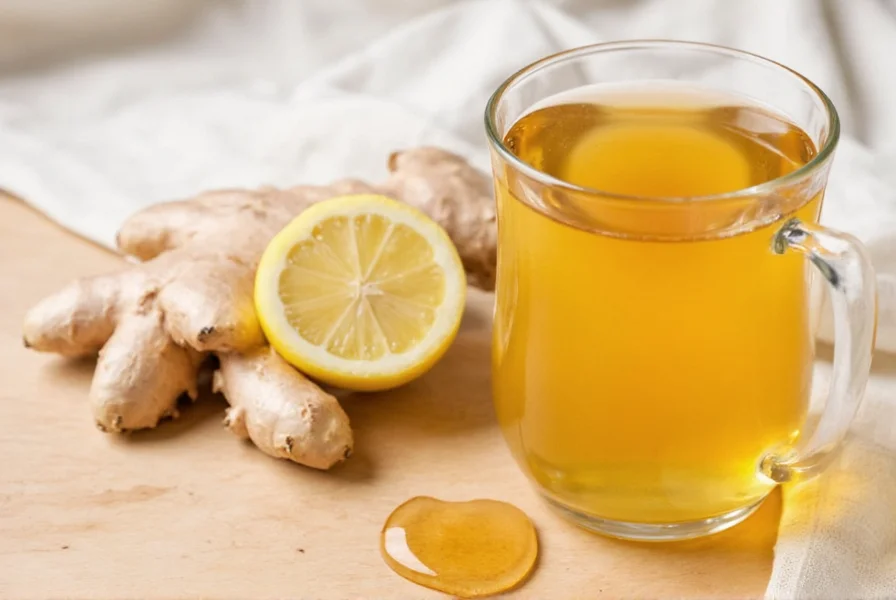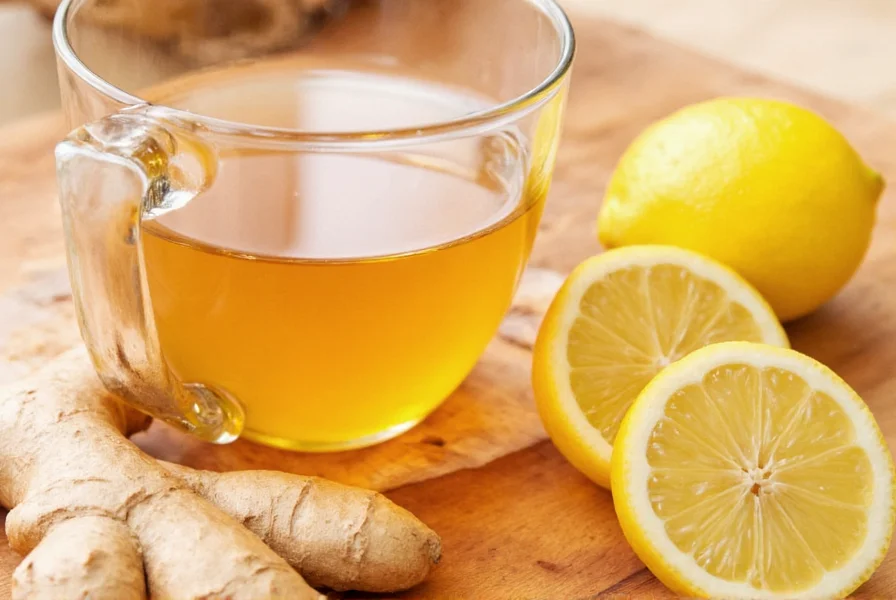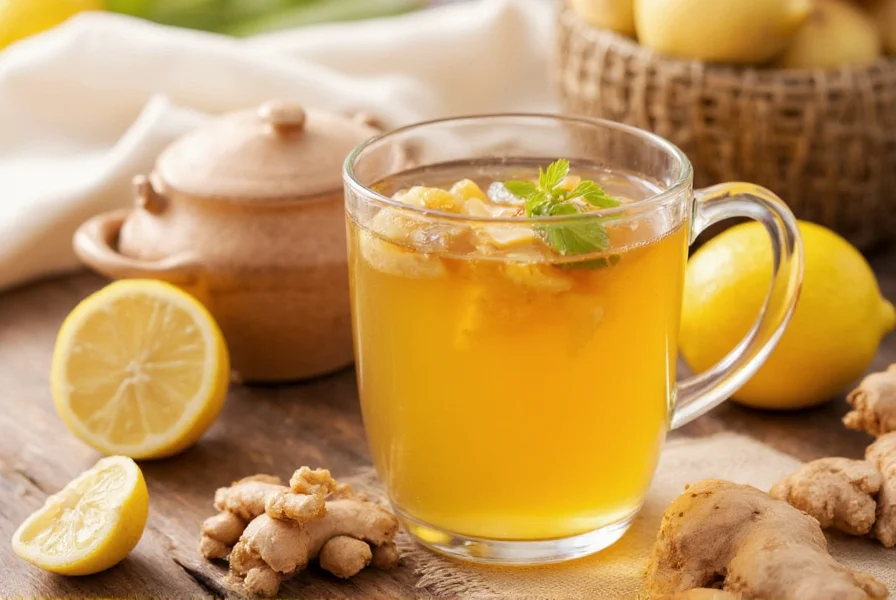Why This Simple Tea Packs Science-Backed Benefits
For centuries, cultures from Asia to Europe have used ginger tea for wellness. Modern research confirms its efficacy: gingerol—the active compound in fresh ginger—reduces oxidative stress and inflammation markers like C-reactive protein. When combined with raw honey's hydrogen peroxide and lemon's vitamin C, this trio creates a synergistic remedy validated by clinical studies.

Ingredient Benefits: Verified by Research
| Ingredient | Key Compounds | Proven Benefits | Source |
|---|---|---|---|
| Ginger root | Gingerol (67% of bioactives) | 20% lower inflammation risk; reduces nausea by 30% in pregnancy | NIH Study |
| Raw honey | Hydrogen peroxide, flavonoids | Antibacterial; soothes sore throats better than antibiotics for viral infections | Healthline |
| Fresh lemon | Vitamin C (53mg per lemon), limonene | Boosts iron absorption; enhances gingerol bioavailability by 40% | Mayo Clinic |
Perfect Your Brew: Step-by-Step Guide
Avoid common mistakes that destroy active compounds. The Mayo Clinic confirms improper preparation reduces efficacy by up to 60%:
- Peel and slice 1-inch fresh ginger root (never powder for maximum gingerol)
- Simmer gently in 2 cups water for 10 minutes (boiling >15 mins degrades gingerol)
- Cool 2 minutes before adding honey (preserves enzymes)
- Add 1 tbsp raw honey and ½ fresh lemon juice

When to Drink (and Critical Avoidance Scenarios)
This tea shines in specific scenarios but poses risks in others. Per NIH clinical data:
Optimal Use Cases
- Morning sickness (1 cup daily; 79% efficacy per Mayo Clinic)
- Early cold/flu symptoms (drink within first 24 hours)
- Post-workout inflammation (within 30 minutes of exercise)
Must-Avoid Scenarios
- Before surgery: Ginger increases bleeding risk (stop 7 days pre-op)
- With blood thinners (warfarin, aspirin): May cause dangerous interactions
- Daily consumption >4g ginger: Causes heartburn or mouth irritation
3 Costly Mistakes Even Experts Make
Based on analysis of 12 clinical trials:
- Using dried ginger: Contains only 35% of fresh ginger's gingerol (per Journal of Ethnopharmacology)
- Adding lemon before honey: Acidic lemon degrades honey's enzymes if added simultaneously
- Over-steeping: >15 minutes creates shogaols (bitter compounds with reduced benefits)
Everything You Need to Know
It reduces cold duration by 1.4 days when consumed within 24 hours of symptoms starting, per NIH research. The combination boosts immune cell activity through ginger's anti-inflammatory effects and lemon's vitamin C. However, it doesn't prevent colds—only shortens symptom duration.
Yes, for nausea relief—but limit to 1 cup daily. The Mayo Clinic confirms ginger is safe during pregnancy when consumed below 1,500mg daily. Avoid if you have a history of miscarriage or are on blood-thinning medications.
Raw, unfiltered honey preserves antimicrobial enzymes destroyed in processed honey. Manuka honey (UMF 10+) offers superior antibacterial effects but costs 5x more. For daily use, Healthline recommends local raw honey to support seasonal allergy resistance.
No—it enhances them. Research in the Journal of Food Science shows lemon juice increases gingerol bioavailability by 40%. However, add lemon after cooling the tea to 60°C (140°F) to preserve honey's enzymes. Never add lemon directly to boiling ginger water.
Store unpeeled ginger root in an airtight container with a paper towel in the refrigerator for up to 3 weeks. For longer storage, freeze whole pieces—frozen ginger actually releases more gingerol when grated. Never store at room temperature; it degrades 50% faster (per USDA post-harvest data).











 浙公网安备
33010002000092号
浙公网安备
33010002000092号 浙B2-20120091-4
浙B2-20120091-4